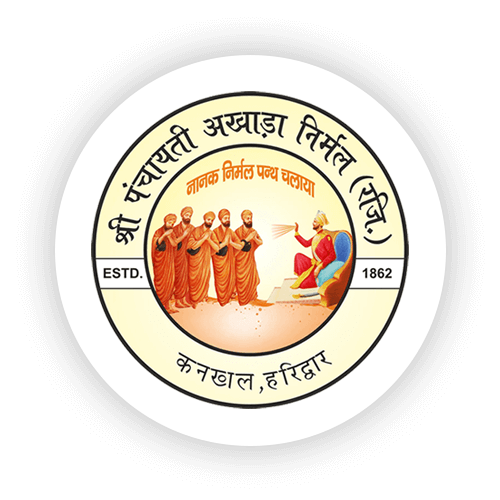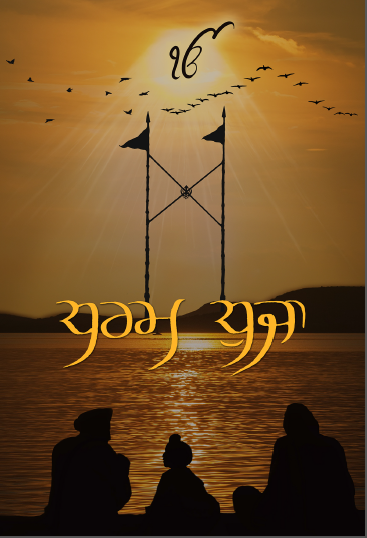NIHAL SINGH, SANT, also known as Pandit Nihal Singh, a Sanskrit scholar well versed in Vedanta as well as in gurbdm, lived in Sikh times in the village of Thoha Khalsa, in district Rawalpindi, now in Pakistan. Pandit Nihal Singh is famous for his Sanskrit commentary on Japu, {hefapugudhdrthadipakd (Lamp which illuminates the deep and hidden meaning of the Japu) patterned on Sarikar`s Bhasya on Veddntasutra. According to the colophon appended to the manuscript, work on Gudhdrthadipakd was undertaken at the instance of an Udasi saint, Bava Buddh Sarup.
BHAG SINGH, SANT (1766-1839), of Kuri. a holy man widely respected in his time, was born the son of Bhai Hans Rai in 1766 at Qadirabad, a village in Gujrat district (now in Pakistan), where his grandfather, Gurbakhsh Singh, said to have been in the retinue of Guru Gobind Singh, settled after the Guru`s passing away at Nanded, in the Deccan. Bhag Singh learnt to read Gurmukhi letters and the Guru Granth Sahib at the village gurdwara. As he grew up, he made a pilgrimage to Nanded. Returning to the north, he visited Una, now in Himachal Pradesh, where he became a disciple of Baba Sahib Singh Bedi, a descendant of Guru Nanak in direct line.
DARGAHA SINGH, BHAI (1713-1823), a Nirmala saint, was born in 1713 the son of Bhai Nigahia Singh of the village of Laungoval, in present day Sangrur district of the Punjab. Nigahia Singh was known to be the elder brother of Bhai Mani Singh, the martyr. For the divali festival of 1725, Nigahia Singh along with his seven sons went to Amritsar where the whole family received the initiatory rites of the Khalsa at the hands of Bhai Mani Singh. Three of the brothers remained in Amritsar, among them Dargaha Singh who showed marked aptitude for scholarly learning as well as for the martial arts. He gained proficiency in both fields, though he was more inclined towards religious pursuits.




